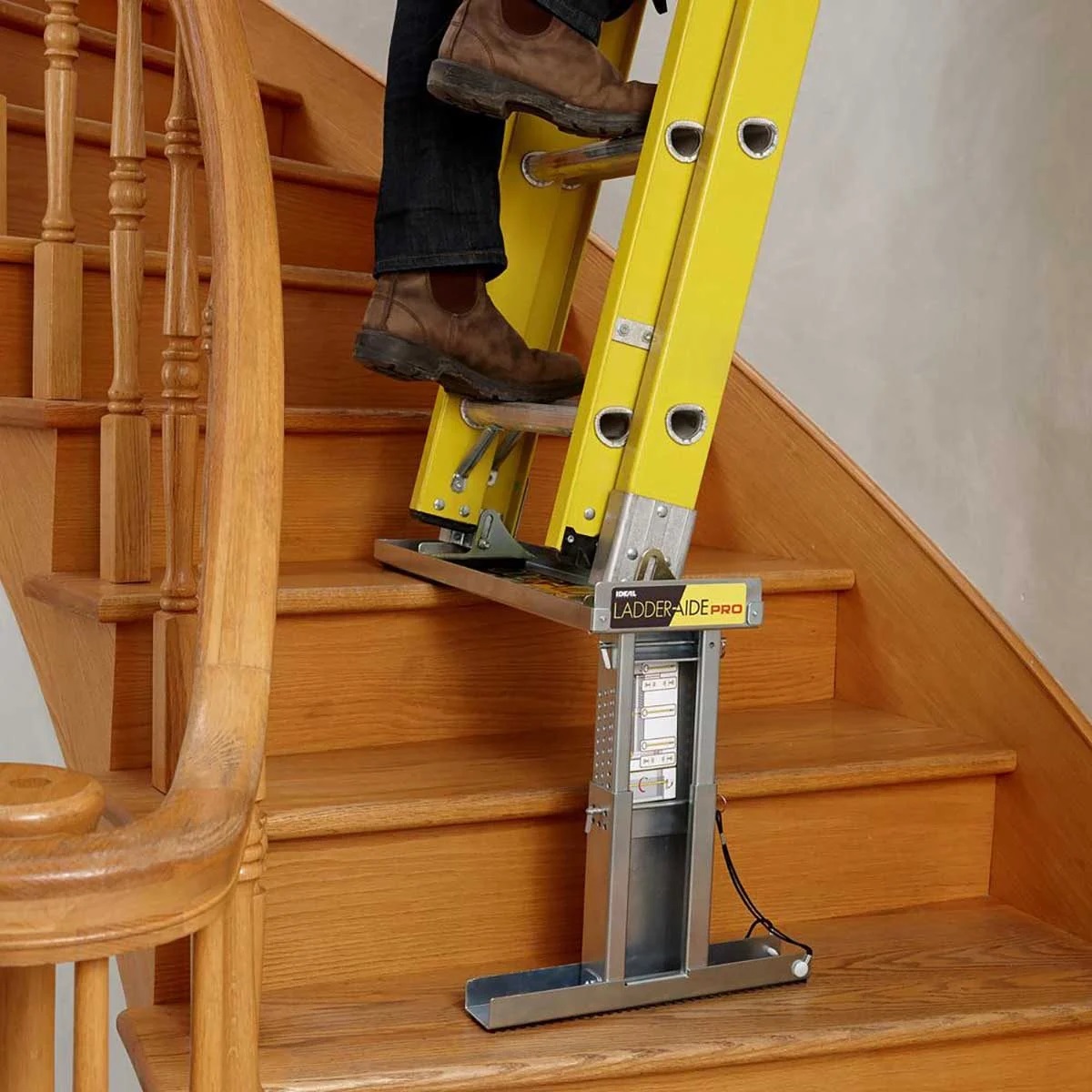

Articles
How To Place A Ladder On Stairs
Modified: February 22, 2024
Learn how to safely place a ladder on stairs with these informative articles. Get step-by-step instructions and expert tips to avoid accidents.
(Many of the links in this article redirect to a specific reviewed product. Your purchase of these products through affiliate links helps to generate commission for Storables.com, at no extra cost. Learn more)
Introduction
Placing a ladder on stairs can be a challenging task, but with the right technique and safety precautions, it can be done safely and efficiently. Whether you need to change a lightbulb, carry out repairs, or simply access a higher point on your staircase, knowing how to properly place a ladder on stairs is essential.
In this article, we will guide you through the process of assessing the staircase, choosing the right ladder, preparing for safe placement, actually placing the ladder on stairs, and securing it properly. We will also provide tips for safely climbing and descending the ladder on stairs to avoid accidents and injuries.
Before you begin, it is important to remember that safety should always be your top priority. Take the time to fully understand and follow these guidelines to ensure a safe working environment. Let’s dive in and learn how to place a ladder on stairs effectively!
Key Takeaways:
- Assess the staircase carefully to determine the best approach for placing a ladder on stairs, considering factors such as staircase type, step material, width, height, and clearance.
- Prioritize safety by choosing the right ladder, preparing the area, securing the ladder, and using proper climbing techniques to ensure a safe and efficient working environment on stairs.
Read more: How To Place Ladder On Stairs
Assessing the Staircase
Before you can start placing a ladder on stairs, it is important to carefully assess the staircase to determine the best approach. Each staircase can have its own unique characteristics that may impact how you position the ladder. Here are a few key factors to consider when assessing the staircase:
- Staircase Type: Is the staircase straight, curved, or spiral? This will affect the placement and stability of the ladder.
- Step Material: Are the steps made of wood, tile, or carpet? Different surfaces may require special precautions to prevent slippage.
- Step Width: Measure the width of the steps to ensure that the ladder you choose fits securely without overhanging.
- Step Height: Calculate the height of the steps to determine the appropriate ladder size needed to reach the desired height safely.
- Clearance: Consider the space available around the staircase to ensure there is enough room to position and maneuver the ladder.
During the assessment, it is essential to identify any potential hazards or obstacles that may interfere with the ladder placement. Look out for objects such as handrails, decorative elements, or protruding walls that may obstruct the ladder’s stability or compromise your safety.
Once you have thoroughly assessed the staircase, you will have a better understanding of the ladder type and size required for safe and efficient placement. Now, let’s move on to choosing the right ladder for your staircase.
Choosing the Right Ladder
Choosing the right ladder for placing on stairs is crucial for ensuring safety and stability during your tasks. Consider the following factors when selecting a ladder:
- Ladder Type: There are various types of ladders available, including step ladders, extension ladders, and platform step ladders. Evaluate the task at hand and choose the ladder type that best suits your needs.
- Ladder Height: Determine the height you need to reach on the stairs and select a ladder that can extend to that height comfortably. Avoid using ladders that are too short or too long.
- Ladder Weight Capacity: Ensure that the ladder you choose has a weight capacity that can support your body weight along with any tools or materials you will be carrying.
- Ladder Stability: Look for ladders that have wide bases or stabilizers, as these provide better stability when placed on stairs.
- Ladder Material: Consider the material of the ladder. Aluminum ladders are lightweight and sturdy, while fiberglass ladders are non-conductive and ideal for working around electrical sources.
- Ladder Features: Some ladders come with additional features such as non-slip steps, handrails, or tool trays for added convenience and safety.
Remember to always follow the manufacturer’s recommendations and guidelines when selecting a ladder. It is essential to choose a ladder that is appropriate for the task and the staircase you are working with.
Once you have chosen the right ladder, it’s time to move on to preparing for the safe placement of the ladder on stairs.
Preparing for Safe Placement
Before you can place the ladder on stairs, it is important to take a few steps to prepare the area and ensure a safe working environment. Follow these guidelines to prepare for the safe placement of the ladder:
- Clean the Stairs: Clear any debris, objects, or tripping hazards from the stairs. This will help prevent accidents and provide a clear path for the ladder placement.
- Secure Handrails: Make sure the handrails on the staircase are secure and in good condition. If the handrails are loose or damaged, repair them before placing the ladder.
- Provide Lighting: Ensure that the area around the stairs is well-lit. Good visibility is essential for safe ladder placement and movement.
- Gather Necessary Tools and Materials: Collect any tools or materials you will need for your tasks beforehand. This will minimize the need to go up and down the ladder repeatedly, reducing the risk of accidents.
- Wear Safety Gear: Put on appropriate personal protective equipment, such as a hard hat, safety glasses, and non-slip footwear, to protect yourself while working on the ladder.
- Inform Others: If there are other people present in the area, let them know about your ladder placement and inform them to exercise caution and maintain a safe distance.
Taking the time to prepare the area and gather necessary tools and safety gear will ensure a smoother and safer ladder placement process. Once everything is set, you can proceed with placing the ladder on stairs.
In the next section, we will guide you through the steps of placing the ladder on stairs effectively and securely.
Placing the Ladder on Stairs
Placing the ladder on stairs requires careful positioning to ensure stability and safety. Follow these steps to properly place the ladder on stairs:
- Position the ladder: Start by positioning the ladder at the base of the stairs. Ensure that the ladder is aligned parallel to the stairs, with the bottom of the ladder securely resting on the floor.
- Tilt the ladder: Tilt the ladder slightly towards the stairs, maintaining a 75 to 80-degree angle. This angle provides optimal stability and prevents the ladder from slipping.
- Align ladder with steps: Adjust the ladder so that the steps or rungs are aligned with the steps on the staircase. This will help distribute the weight evenly and provide a secure foothold.
- Check ladder position: Ensure that the ladder is centered on the step and not tilted to one side. It should be stable and secure before you proceed.
As you position the ladder, be cautious of any potential obstructions, such as handrails or walls, that may affect its stability. Take the time to make necessary adjustments to ensure the ladder is securely placed on the stairs.
Once you have successfully positioned the ladder on the stairs, it is important to take additional measures to secure it in place. We will cover the steps for securing the ladder in the next section.
When placing a ladder on stairs, make sure the ladder is stable and secure by using a ladder leveler or a second person to hold the ladder in place. Always maintain three points of contact while climbing.
Securing the Ladder
Securing the ladder on stairs is essential to prevent any movement or wobbling that could lead to accidents. Follow these steps to properly secure the ladder in place:
- Use a ladder stabilizer: If available, attach a ladder stabilizer to the ladder. A stabilizer is a device that extends the width of the ladder, providing extra stability and preventing it from tipping over.
- Engage locking mechanisms: Check if your ladder has any locking mechanisms or braces that can be engaged to secure it in place. Activate these features to ensure that the ladder remains stable during use.
- Tie off the ladder: If the ladder is not equipped with stabilizers or locking mechanisms, you can use a sturdy rope or bungee cord to tie off the ladder to a stable point on the staircase or a nearby railing. This will help keep the ladder in place and prevent any movement.
- Use ladder levelers: If the steps of the staircase are uneven or have varying heights, consider using ladder levelers. These devices can be attached to the ladder legs and adjusted to ensure the ladder remains level and secure.
When securing the ladder, it is important to ensure that the ladder is tightly secured and does not wobble or shift. Test the ladder’s stability before proceeding to climb it. If you notice any instability or movement, readjust and secure the ladder until it is stable.
Taking the time to properly secure the ladder will provide a solid foundation for your tasks and enhance your safety as you work on the stairs. In the next section, we will cover important tips for safely climbing and descending the ladder on stairs.
Climbing and Descending the Ladder on Stairs
Climbing and descending the ladder on stairs requires caution and proper technique to minimize the risk of accidents. Follow these guidelines to safely navigate the ladder on stairs:
- Face the ladder: Always face the ladder while climbing up or down the stairs. This will ensure that you have a clear view of the ladder steps and can maintain balance as you ascend or descend.
- Use three points of contact: Maintain three points of contact with the ladder at all times. This means having two hands and one foot, or two feet and one hand, securely gripping the ladder steps. This will provide stability and prevent slips or falls.
- Take one step at a time: Ascend or descend the ladder one step at a time, moving deliberately and maintaining a steady pace. Avoid rushing or making sudden movements that can compromise your balance.
- Do not overreach: Be mindful of your reach while on the ladder. Avoid leaning or stretching too far to reach objects, as this can cause the ladder to become unbalanced.
- Keep your center of gravity low: To maintain stability, keep your center of gravity low by bending your knees slightly. This will give you better balance and control as you move on the ladder.
- Do not carry heavy loads: Avoid carrying heavy or bulky items while climbing the ladder on stairs. If you need to bring tools or materials with you, use a tool belt or hoist them up after you have safely reached your position.
- Be mindful of your surroundings: Stay aware of any obstacles or hazards around you as you climb or descend the ladder. Take extra caution when passing doorways, corners, or areas with limited space.
By following these safety guidelines, you can minimize the risk of accidents while climbing and descending the ladder on stairs. However, it is important to remember that prevention is key, so always exercise caution and use common sense when working at heights.
In the next section, we will provide some additional tips for ensuring overall safety when working with ladders on stairs.
Tips for Safety
When working with ladders on stairs, it is crucial to prioritize safety to prevent accidents and injuries. Here are some additional tips to ensure your safety while using ladders on stairs:
- Inspect the ladder: Before each use, inspect the ladder for any signs of damage, such as cracks, loose rungs, or bent parts. Do not use a ladder that is in poor condition.
- Use a spotter: If possible, have someone assist you by acting as a spotter while you climb or descend the ladder. They can help stabilize the ladder and provide an extra set of eyes for safety.
- Keep the area clear: Ensure that the area around the ladder remains clear of people, objects, and obstacles. This will minimize the risk of accidents and allow for safe maneuverability.
- Avoid distractions: Avoid using electronic devices or engaging in distracting activities while on the ladder. Concentrate solely on your task and maintaining your balance.
- Never stand on the top rung: The top rung or platform of the ladder is not designed for standing. Always maintain a secure footing by standing on a lower rung or platform.
- Do not overextend: Do not extend your body or lean too far beyond the sides or top of the ladder. This can cause instability and increase the risk of falls.
- Follow weight capacity: Do not exceed the weight capacity specified by the ladder manufacturer. Overloading the ladder can compromise its stability and lead to accidents.
- Practice ladder placement: It’s a good idea to practice ladder placement on stairs in a controlled environment before attempting it in a high-risk situation. Familiarize yourself with the process to ensure confidence and accuracy.
By following these safety tips, you can significantly reduce the likelihood of accidents and ensure a safe working environment while using ladders on stairs. Remember, the goal is to complete your tasks efficiently and without compromising your well-being.
To conclude, when placing a ladder on stairs, take the time to properly assess the staircase, choose the appropriate ladder, and prepare the area for safe placement. Always secure the ladder and use proper climbing and descending techniques. Finally, follow safety tips to maintain a secure and accident-free working environment. By incorporating these practices, you can confidently and safely work on stairs using a ladder.
Conclusion
Placing a ladder on stairs may seem daunting at first, but with the right approach and safety precautions, it can be done efficiently and safely. By assessing the staircase, choosing the right ladder, preparing the area, and properly placing and securing the ladder, you can create a secure working environment for your tasks on the stairs.
Remember to always prioritize safety by following guidelines such as facing the ladder, maintaining three points of contact, and taking one step at a time while climbing or descending the ladder. Avoid overreaching and be mindful of your surroundings to prevent accidents and ensure stability.
Additionally, inspect the ladder before each use, keep the area clear, and avoid distractions to minimize the risk of accidents. Never stand on the top rung, follow weight capacity restrictions, and practice ladder placement in a controlled environment for familiarity and confidence.
By incorporating these safety practices, you can confidently and effectively work with ladders on stairs, completing your tasks without compromising your well-being.
Remember, safety should always be your top priority when working with ladders, no matter the setting. Take the time to understand and follow these guidelines to ensure a safe working environment.
Now that you have learned how to place a ladder on stairs safely and effectively, you are ready to take on various tasks that require working at heights. Always stay cautious, take your time, and prioritize safety as you navigate ladders on stairs.
Happy and safe ladder usage!
Frequently Asked Questions about How To Place A Ladder On Stairs
Was this page helpful?
At Storables.com, we guarantee accurate and reliable information. Our content, validated by Expert Board Contributors, is crafted following stringent Editorial Policies. We're committed to providing you with well-researched, expert-backed insights for all your informational needs.


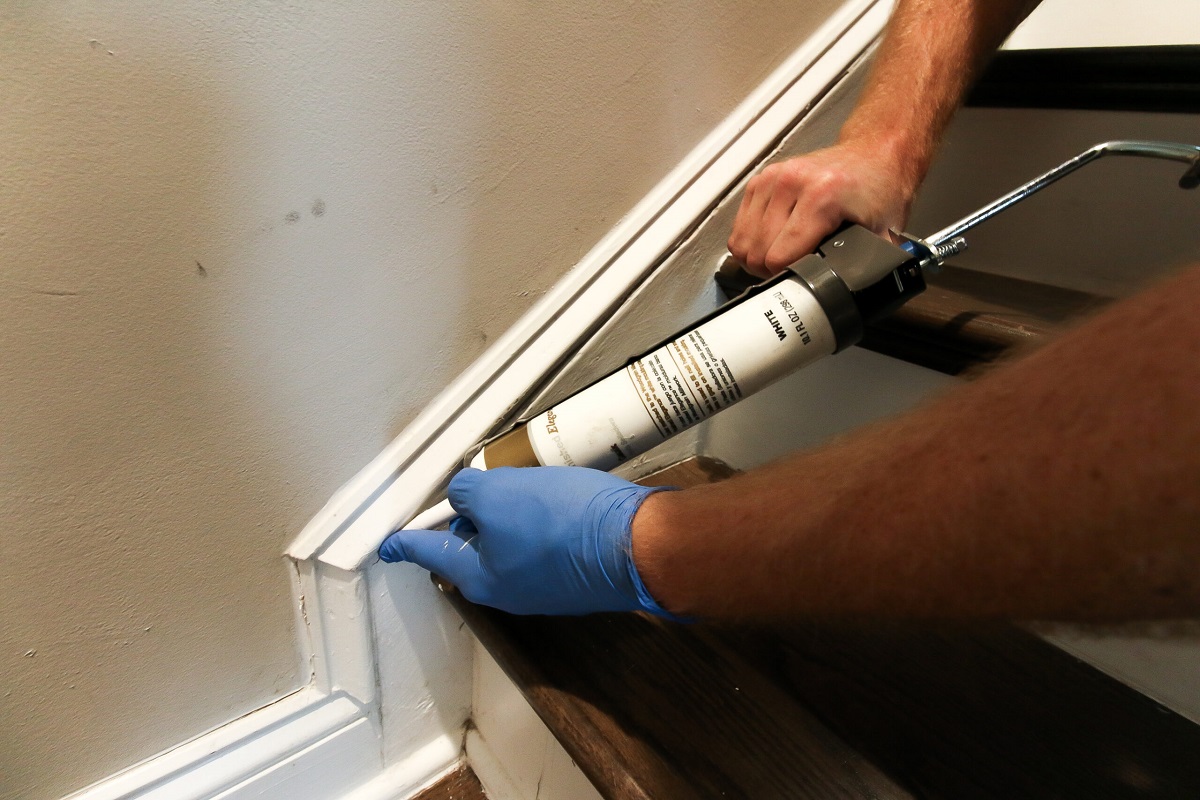
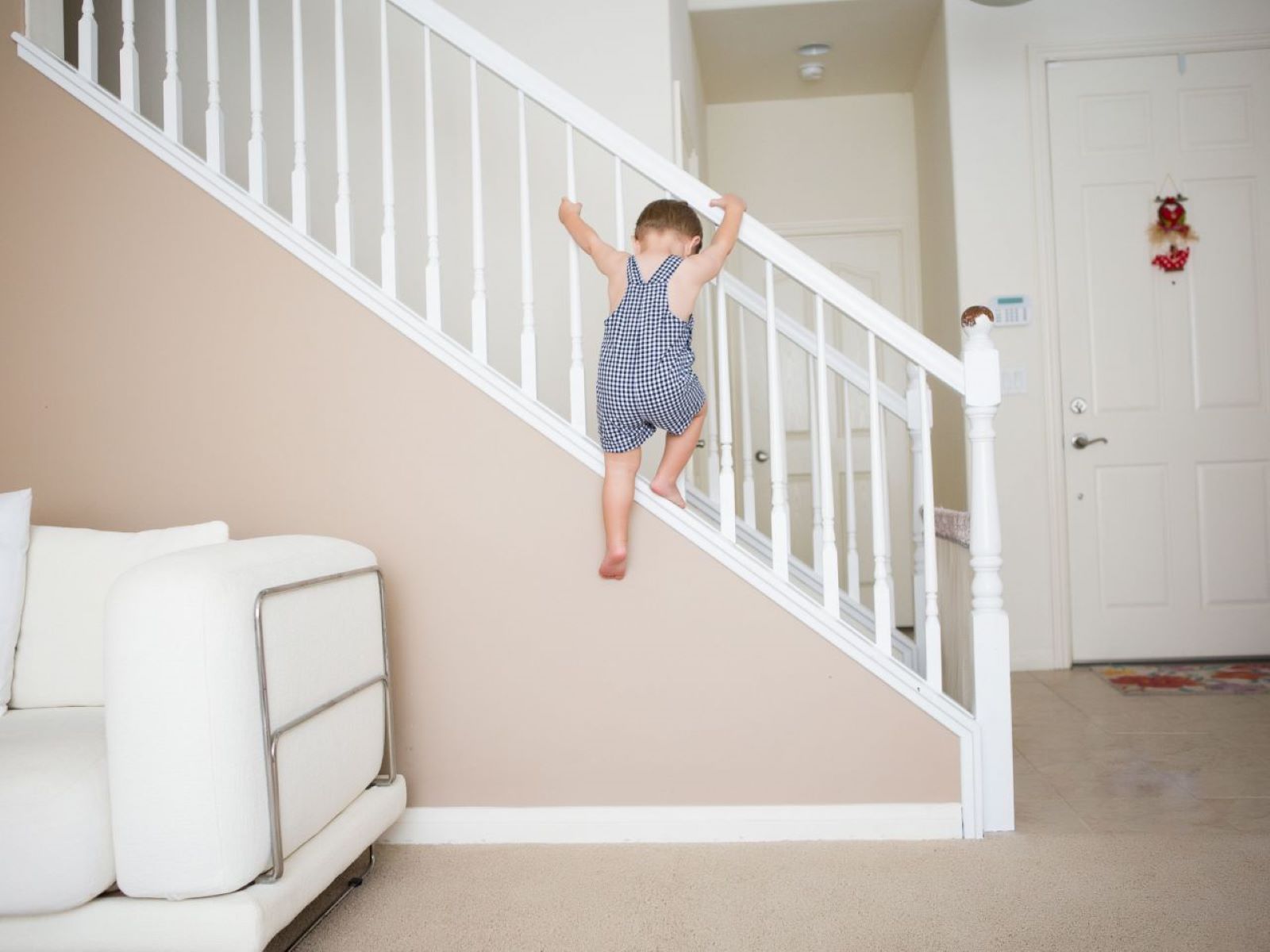
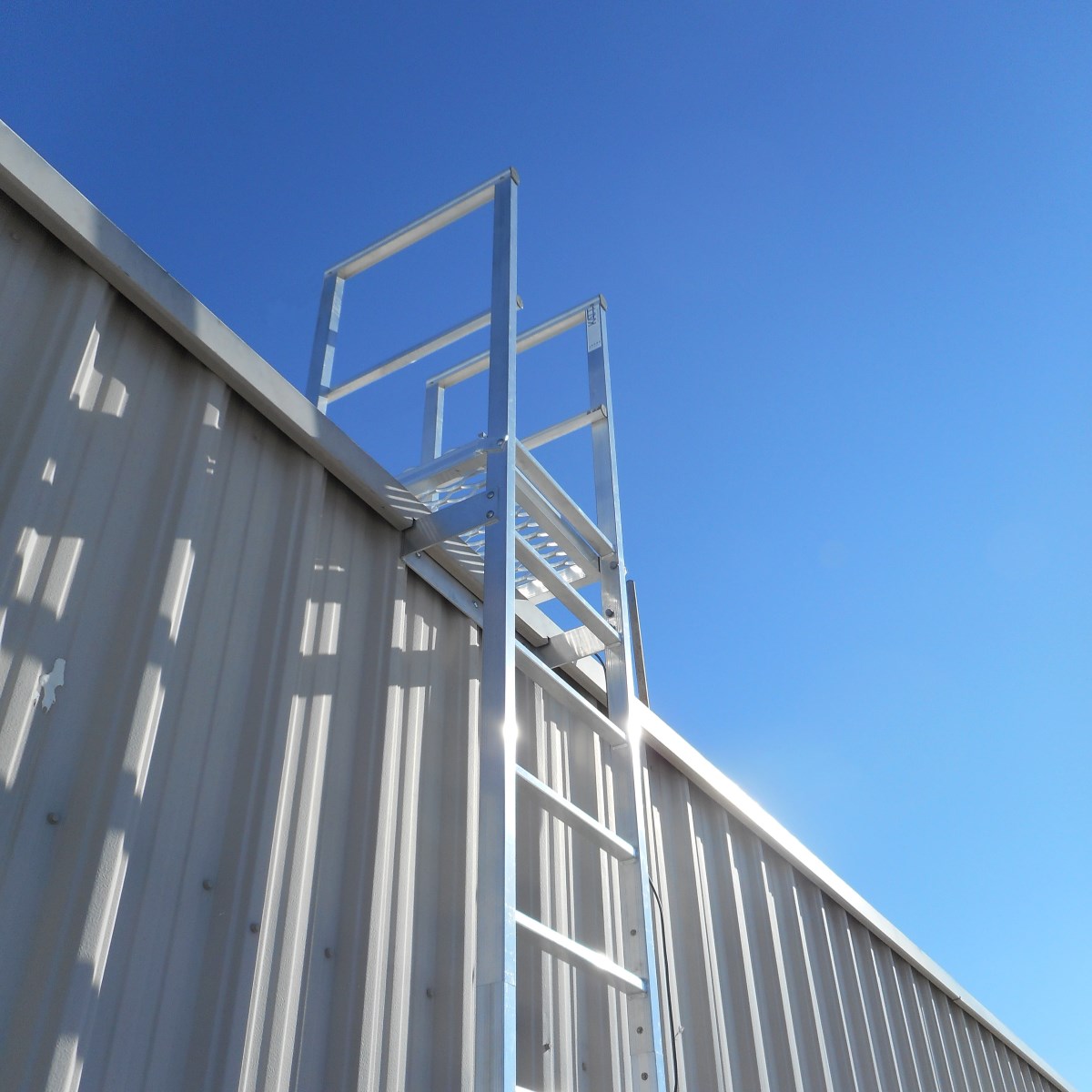
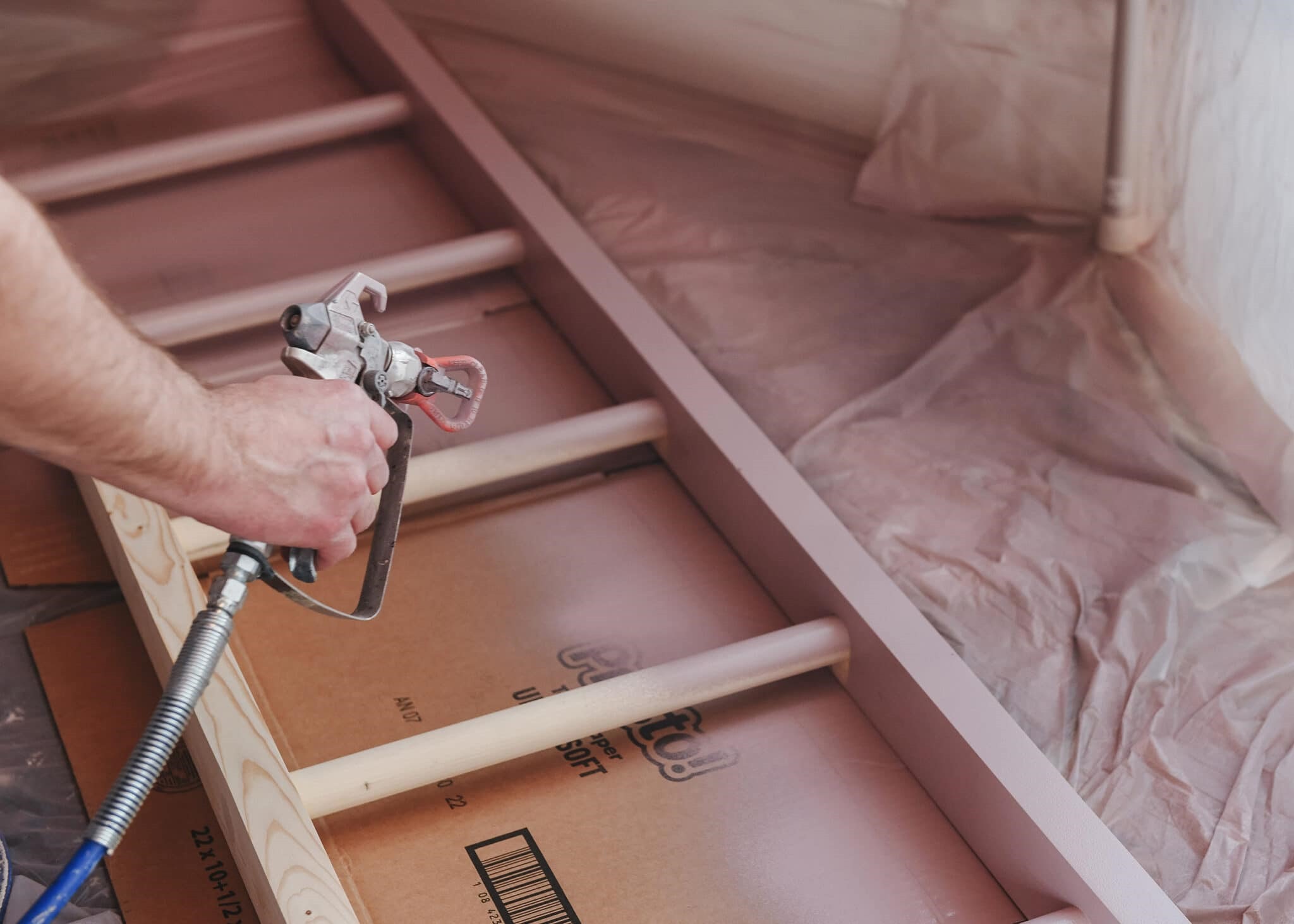
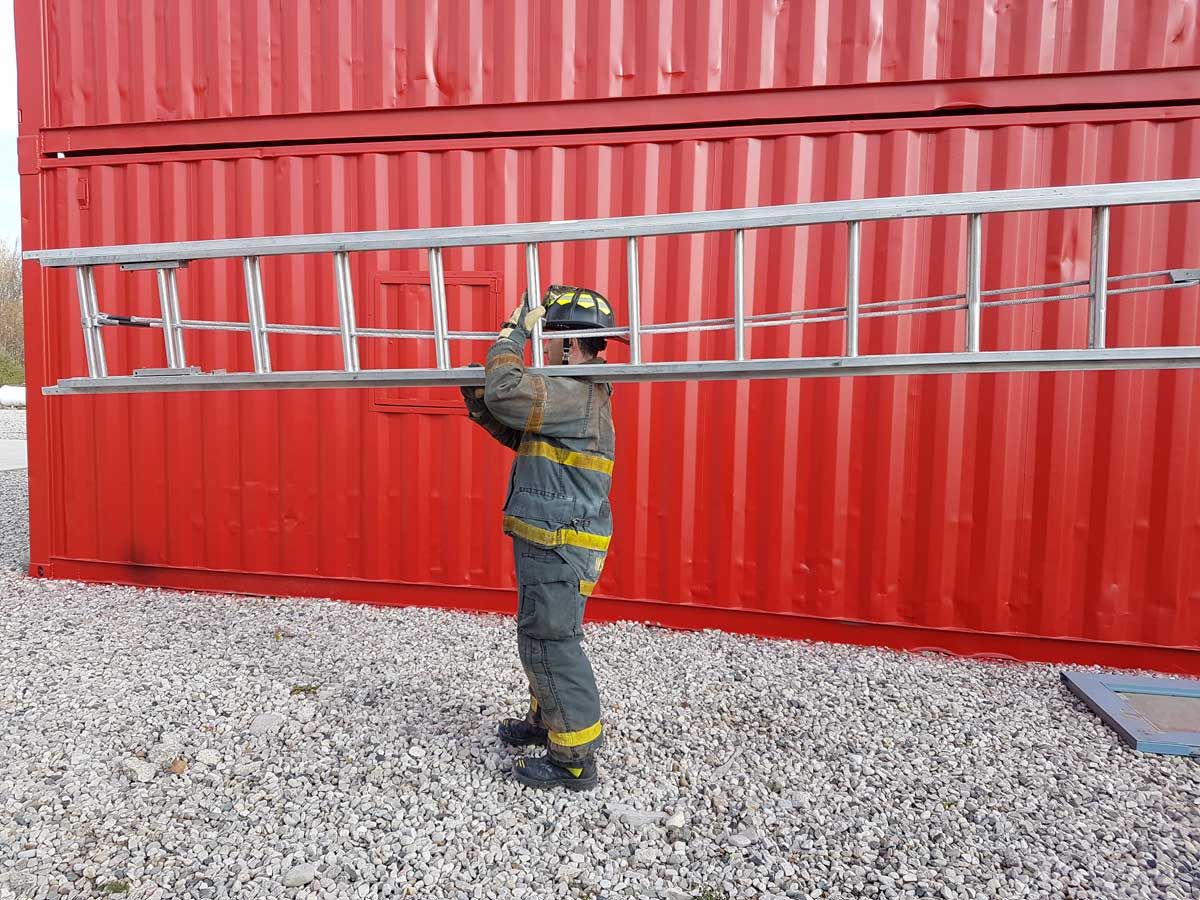
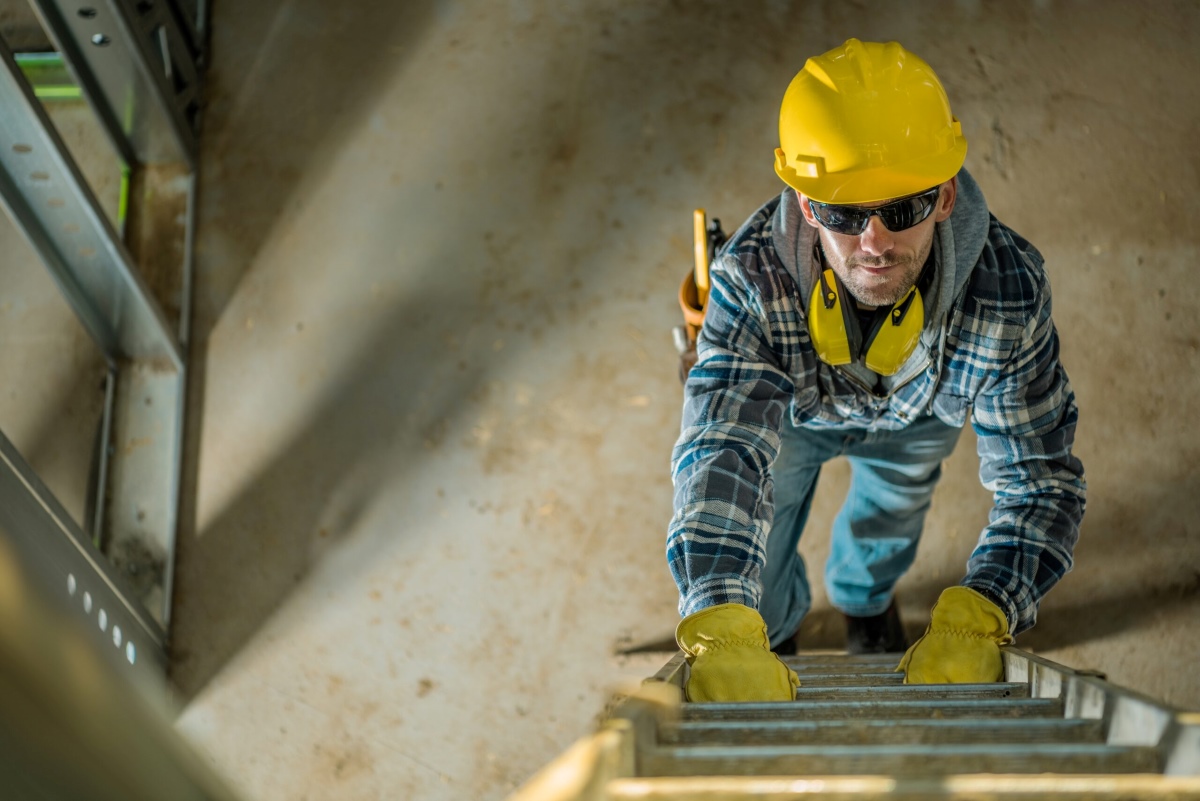

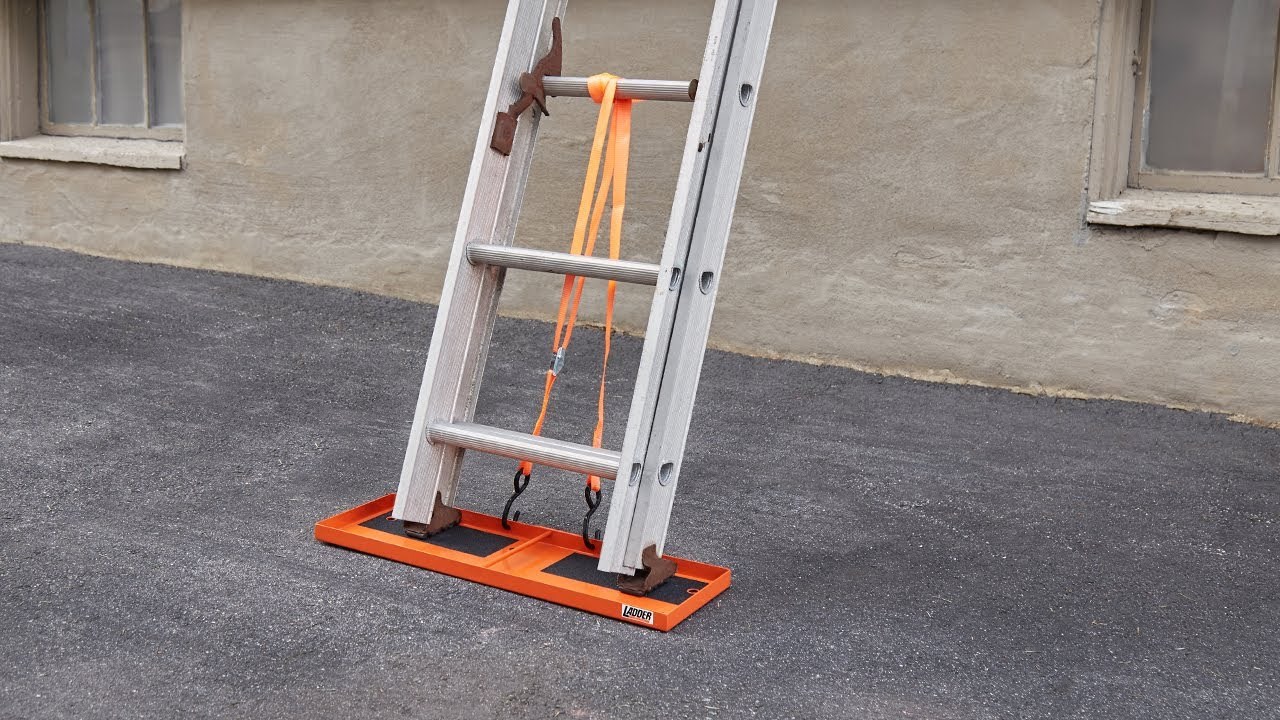
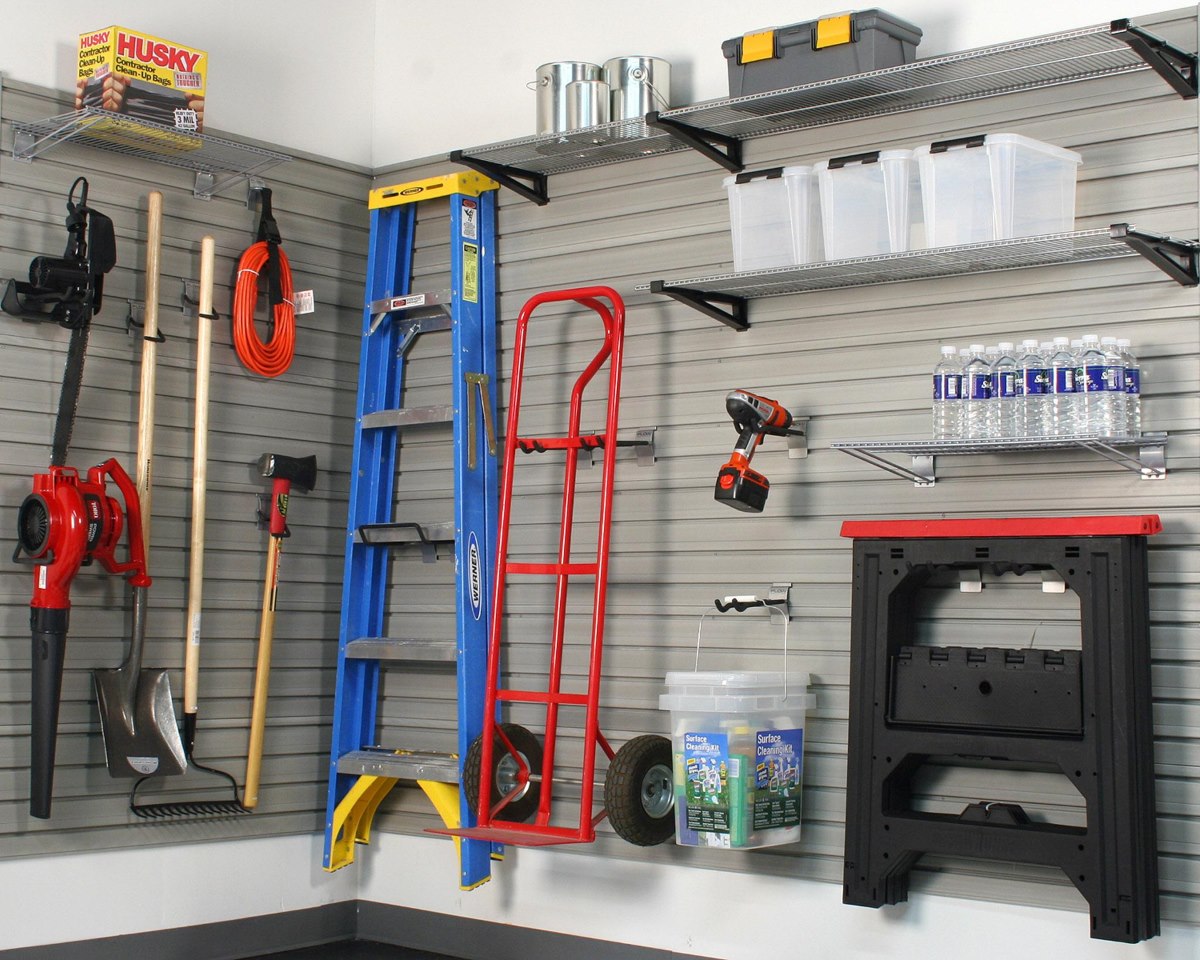
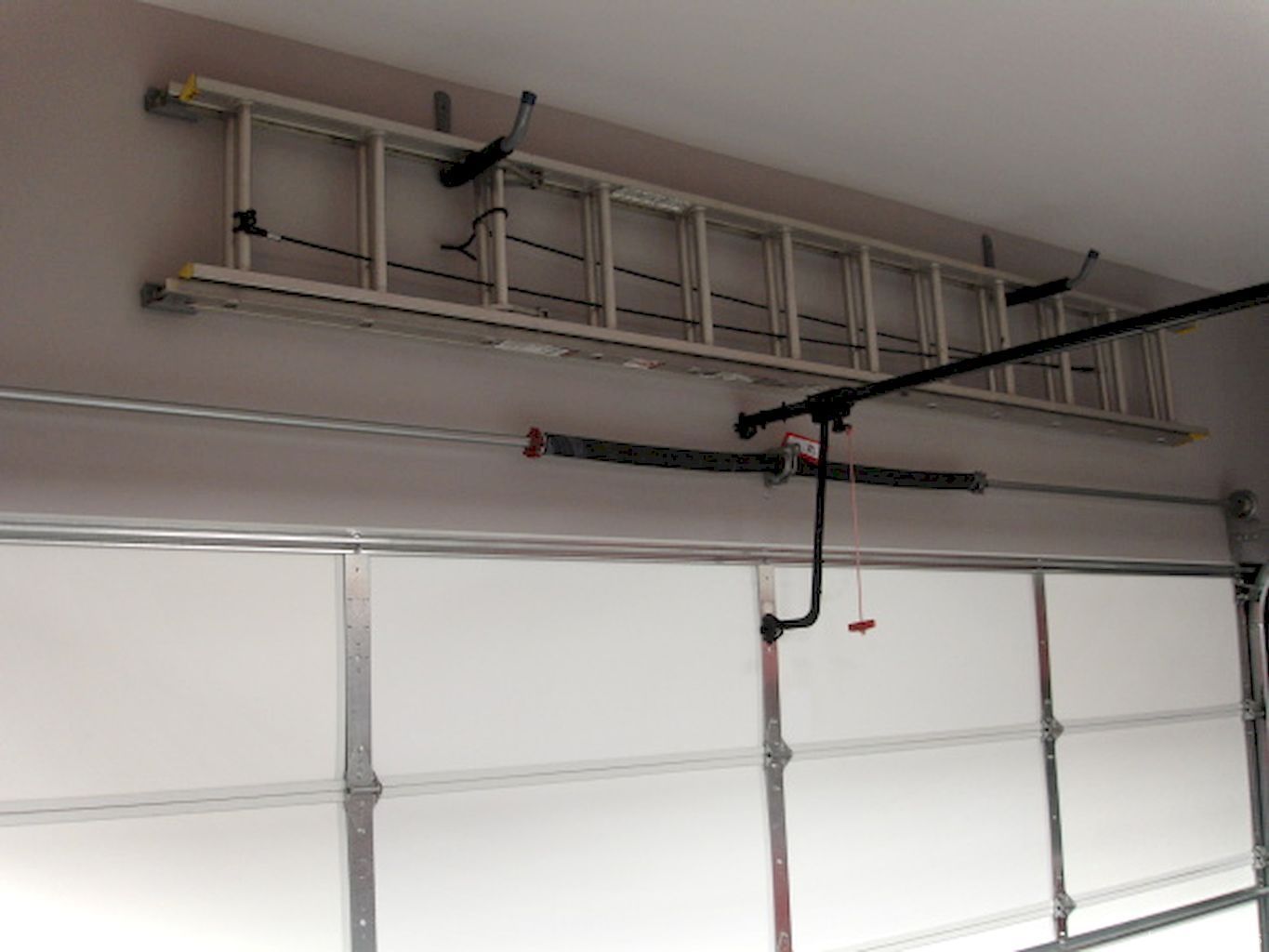
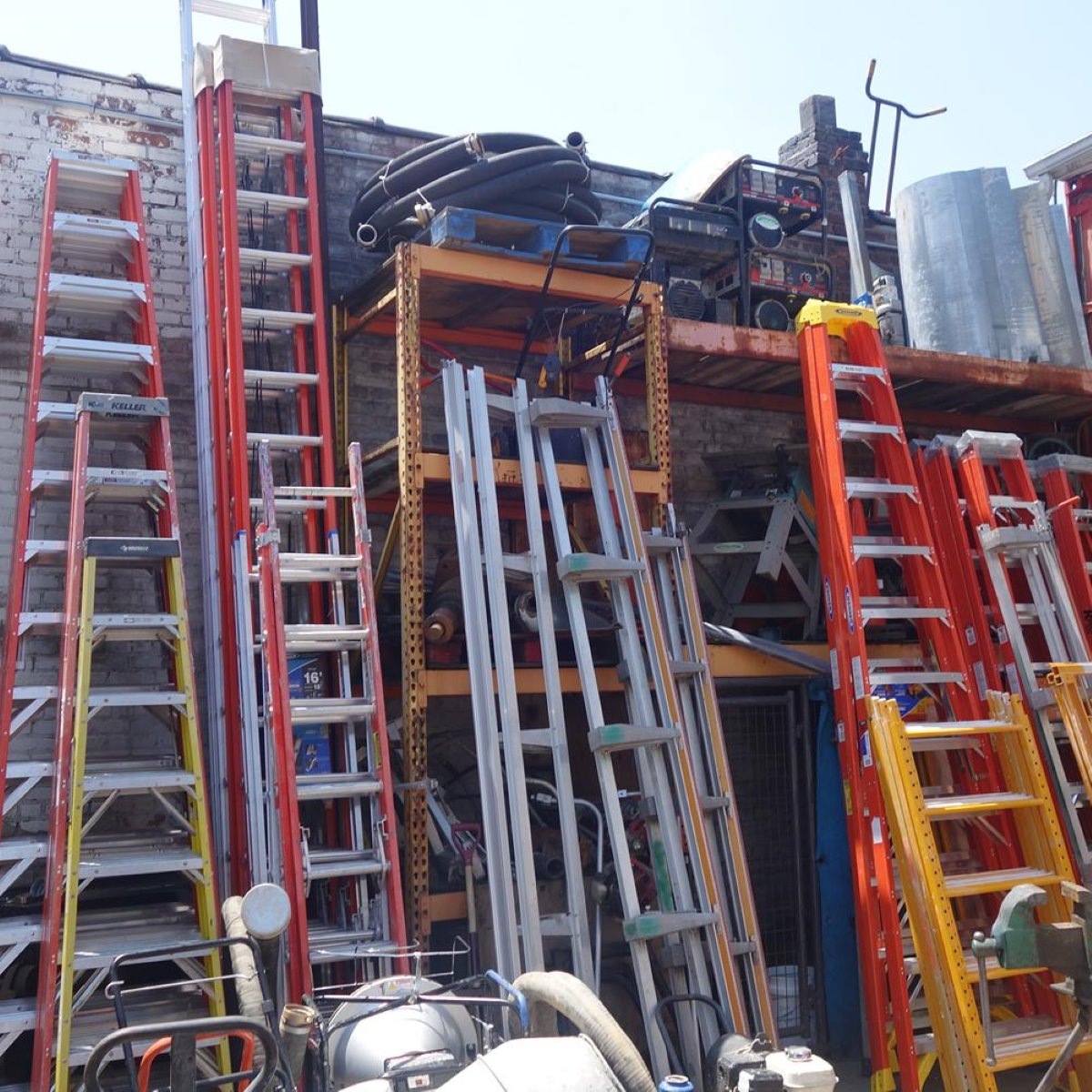
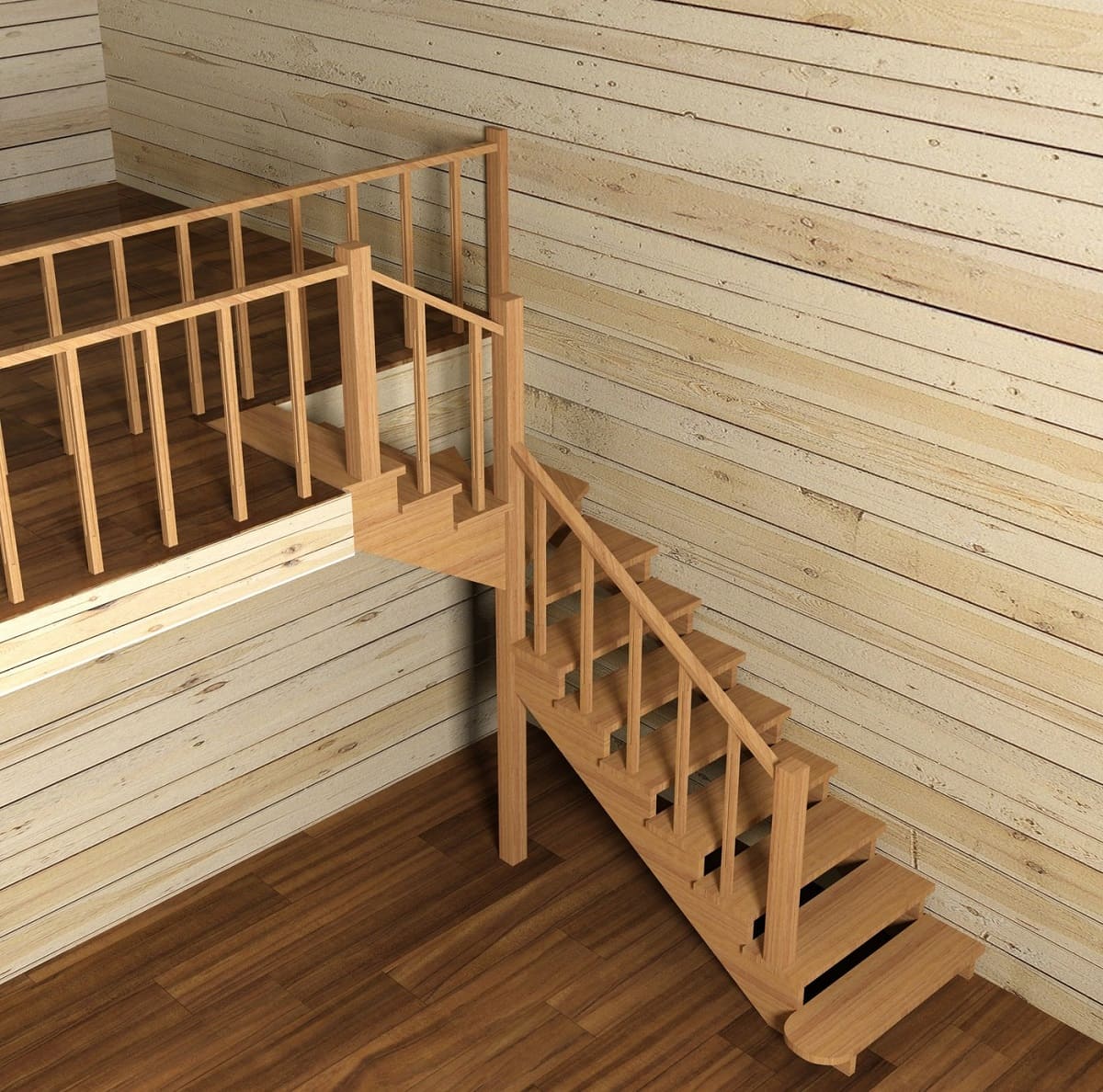

0 thoughts on “How To Place A Ladder On Stairs”